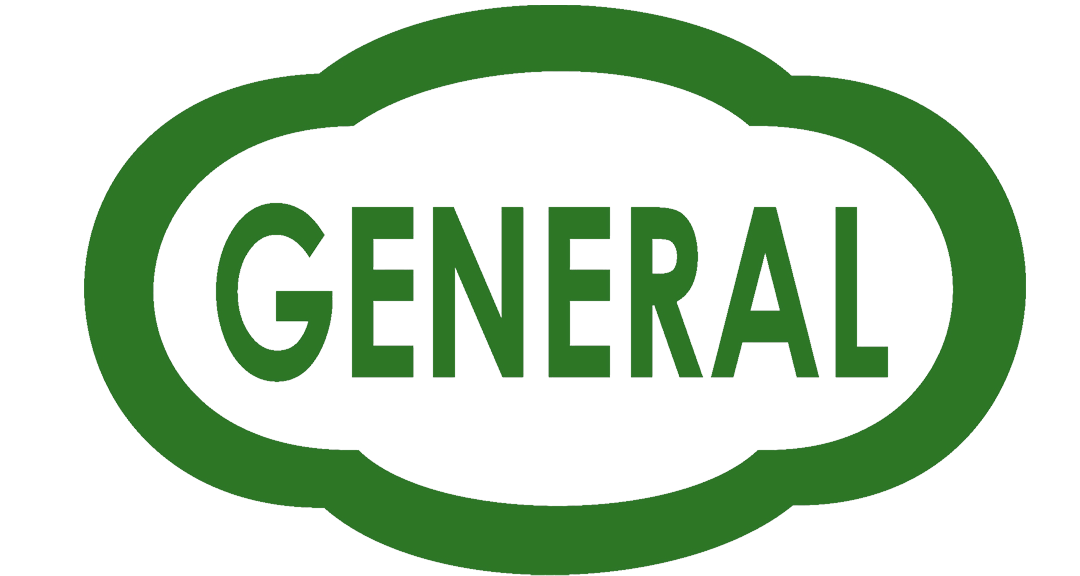Steam Trap Selection (How Application Affects Selection?)
Given the large variety of steam traps and their operating characteristics, users may encounter some difficulty when trying to select the correct trap to most effectively drain condensate from their steam applications.
Key trap selection considerations should include pressure and temperature ratings, discharge capacity, trap type, body material, and many other relevant factors. While it may seem daunting at first, this process can generally be separated into four easy-to-understand steps:
Step 1:
Determine discharge requirements of the steam trap application (e.g. hot or subcooled discharge), and select the matching trap type.
Step 2:
Select trap model according to operating pressure, temperature, orientation, and any other relevant conditions.
Step 3:
Calculate application load requirements and apply the trap manufacturer’s recommended safety factor.
Step 4:
Base the final trap selection on lowest Life Cycle Cost (LCC)
The first article of this three-part series will focus on how the steam trap application affects the steam trap selection process.
Steam Trap Applications
Steam traps are usually required to drain condensate from steam piping, steam-using process and comfort heating equipment, tracer lines, and drive-power equipment such as turbines. Each of these applications may require the steam trap to perform a slightly different role.
For Steam Distribution Piping
The role of steam distribution piping is to reliably supply steam of the highest reasonable quality to the steam-using equipment or tracing lines. One of the most important roles of steam traps on steam piping is to help prevent the occurrence of water hammer. This is done by selecting a trap that is designed to prevent condensate from pooling, which means traps with little to no subcooling of condensate (i.e. rapid near-to-steam temperature discharge) should be chosen.
For Steam-heated Equipment
Because the performance of steam-using process equipment and comfort heating equipment (e.g. air heaters) is directly tied to productivity and product quality, it’s important to select a trap that helps shorten start-up time and does not allow condensate to pool into the equipment, causing uneven heating, low heat transfer, and other similar problems. Traps that continuously discharge condensate are typically recommended for these applications.
Such applications may also experience stagnant start-up air left over from condensed steam. As a result, an air venting function is also typically required in the trap to remove air and other non-condensable gases trapped in equipment and adjacent piping.
Also, some steam-heated equipment might experience problems from a modulating steam supply valve (e.g. control valve) that adjusts for heat demand and subsequently lowers the delivered steam pressure below that of the backpressure. When this phenomenon occurs, the condensate flow “stalls”, and a different type of drainage device is needed. Under stall conditions, a combination pump and trap supplied with a higher secondary pressure is needed to power the condensate discharge through the trap.
For Tracer Lines
Steam traps for tracer lines have different requirements because they are typically used with copper piping (because of its high thermal conductivity) to heat and maintain the fluidity of viscous fluids at temperatures below 100 °C (212 °F). A trap that has been designed to counter blockage from copper precipitate and that can efficiently use the sensible heat of steam/condensate is required.
For Power-drive Equipment
Power-drive equipment includes all turbines used in compressor, pump, or generator applications, but may also include steam hammers or wheels. In each power-drive application, condensate should be removed as quickly as possible for safe and effective operation, and should not pool inside the equipment to prevent damage.
(Source: TLV International Research & Development)

